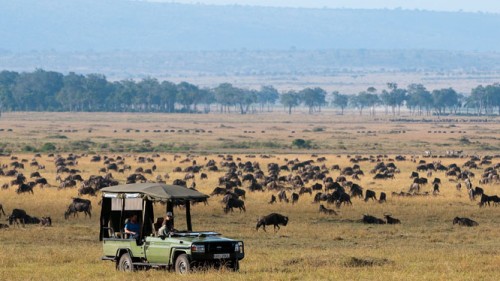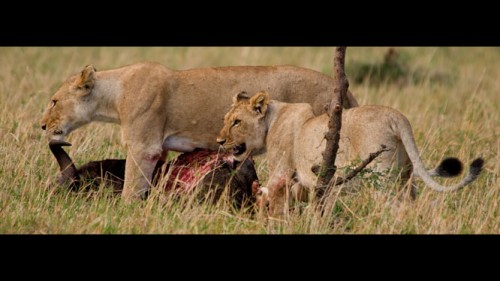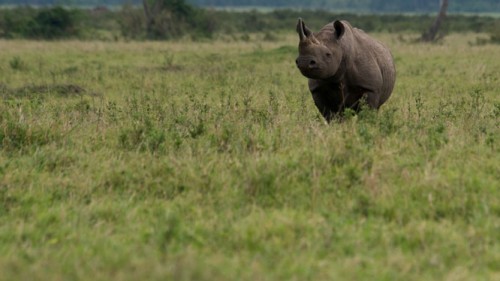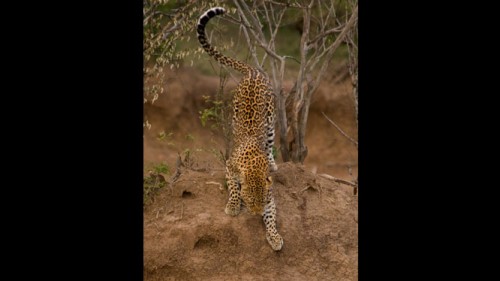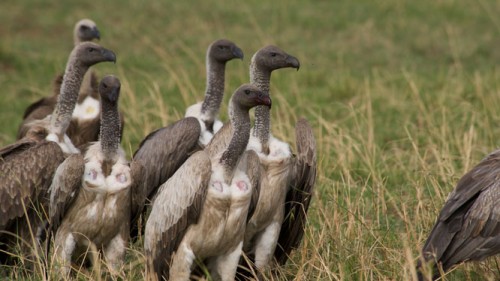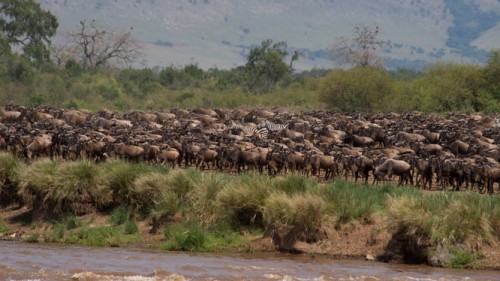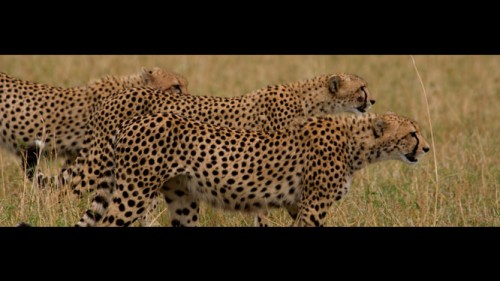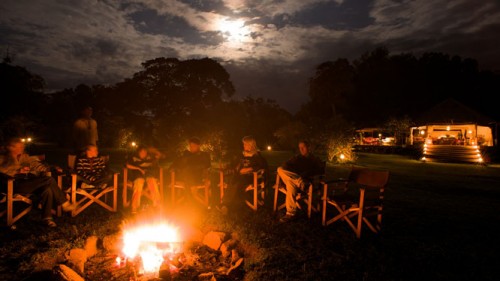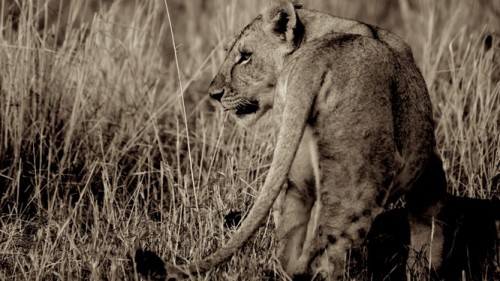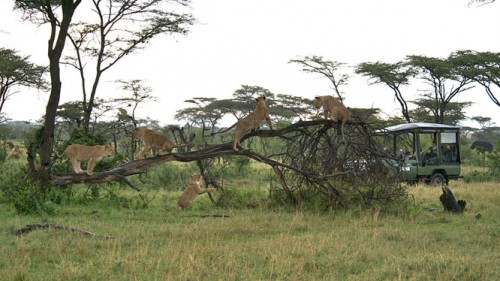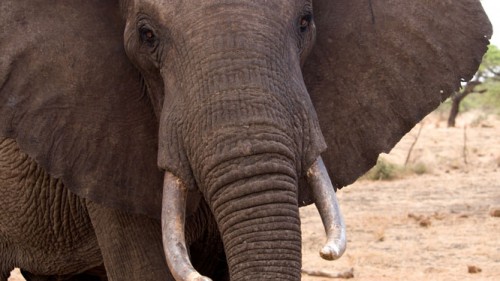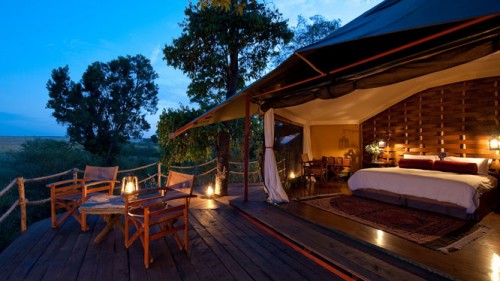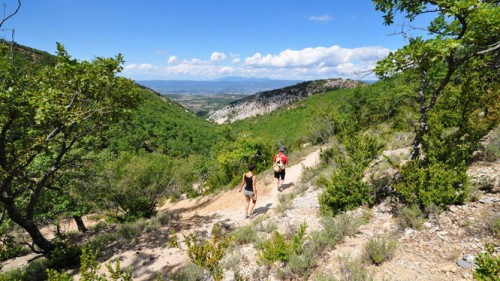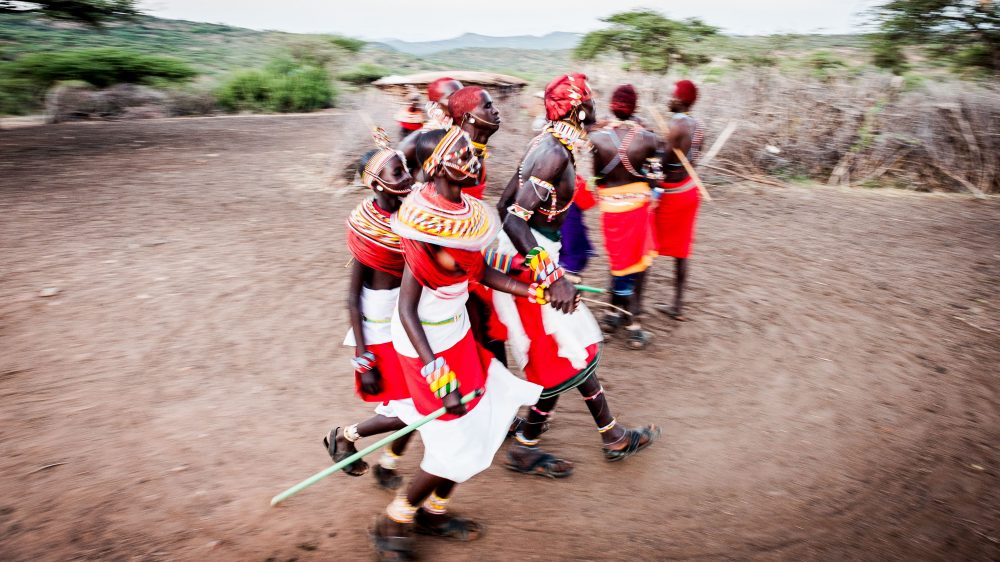Mara Done Right
Although there are many things that make the internet great, one of its shortcomings is the way safari companies often exercise their right to poetic licence. A small amount of embellishment is fine, outright fabrications are not.
To help you see what I am on about, I need to get a little dull for a moment so bear with me. The Masai Mara can best be broken down into three sections; the Mara Triangle, the greater Masai Mara, and the private reserves that surround it. On my recent trip I got to see camps in all three areas. What I will do in this post is help guide you through planning the best experience possible in the Mara.
My top tip if you want to see the Masai Mara is to absolutely, positively avoid the Mara Triangle. Even the most cursory use of our friend Google will yield a brace of camps whose websites hold forth on their prime location, nestled deep in the heart of a huge expanse of unspoilt wildernesses with access to the great migration. This is what I mean when I refer to fabrication; the Masai Mara covers about 1,500 square kilometres, in which there are over 4,000 beds. If we assume that you can get seven people into a safari vehicle at one time and if even half of that number of people are out on a game drive at the same time, you’re looking at well over 280 vehicles. With that number of cars, such a small area begins to look less like wilderness and more like downtown Toronto at rush hour. Have a look at the video below of a rather humdrum cheetah sighting and you’ll begin to get a sense of what I mean. To be fair, there are some very nice camps in the Triangle. But the illusion and mystique of being on safari is resolutely shattered when at the end of the day, the darkening horizon is punctuated by the lights of a dozen neighboring lodges.
In spite of all this, the spectacle and the drama of the Masai Mara are still worth the trip. You just need to keep tip number one in mind and remember tip number two—stay at Mara Plains. The Olare Orok Conservancy is just outside the borders of the main Masai Mara Reserve, meaning that the area the camp operates in is private; at most you’ll get a smattering of vehicles from the handful of other camps that share the area. During the migration, the area heaves with zebra and wildebeest, though it’s busy pretty much year round. I know this because all three resident lion prides surrounded the camp one night and began having a roar-off just as we were getting into our second round of gin and tonics around the camp fire. You can’t support upwards of 30 lions without a pretty steady supply of hoofed meals.
While you have a vast expanse of bush to explore in the Olare Orok, you can also easily get into the Mara to see some of the famed river crossings should the mood strike you. My favorite part about Mara Plains, however, is rather difficult to define. It’s very easy to spend a lot of money and build a pretty camp; its another matter entirely to make it feel like a nice place to stay.
The camps I saw in the Mara Triangle frankly made me uncomfortable; they were large, soulless, corporate affairs. As soon as I arrived at Mara Plains, I felt almost instantly better. Nestled in a stand of trees with the tents laid out by a stream, the camp just feels welcoming—and it’s a feeling that is enhanced to no end by your hosts Richard and Lorna.
What does the Mara Plains site say? “Mara Plains Camp is a small, high quality, seven-roomed camp under canvas and on raised decks with sweeping views across Kenya’s notable savannahs.” This is the kind of web copy I can get behind; no embellishment, no exaggeration, just the facts, with a vast expanse of neatly cropped plain (minus the neighbours) to back up the claims. This is the Masai Mara done right.
Follow Dan from the beginning:
Smell of Adventure: Kenya Pt. 1
Ol Donyo Lodge: Kenya Pt. 2
Tassia: Kenya Pt. 3
Dan Achber is sharing the findings of his recent Kenyan research trip week by week on The Sounder.
